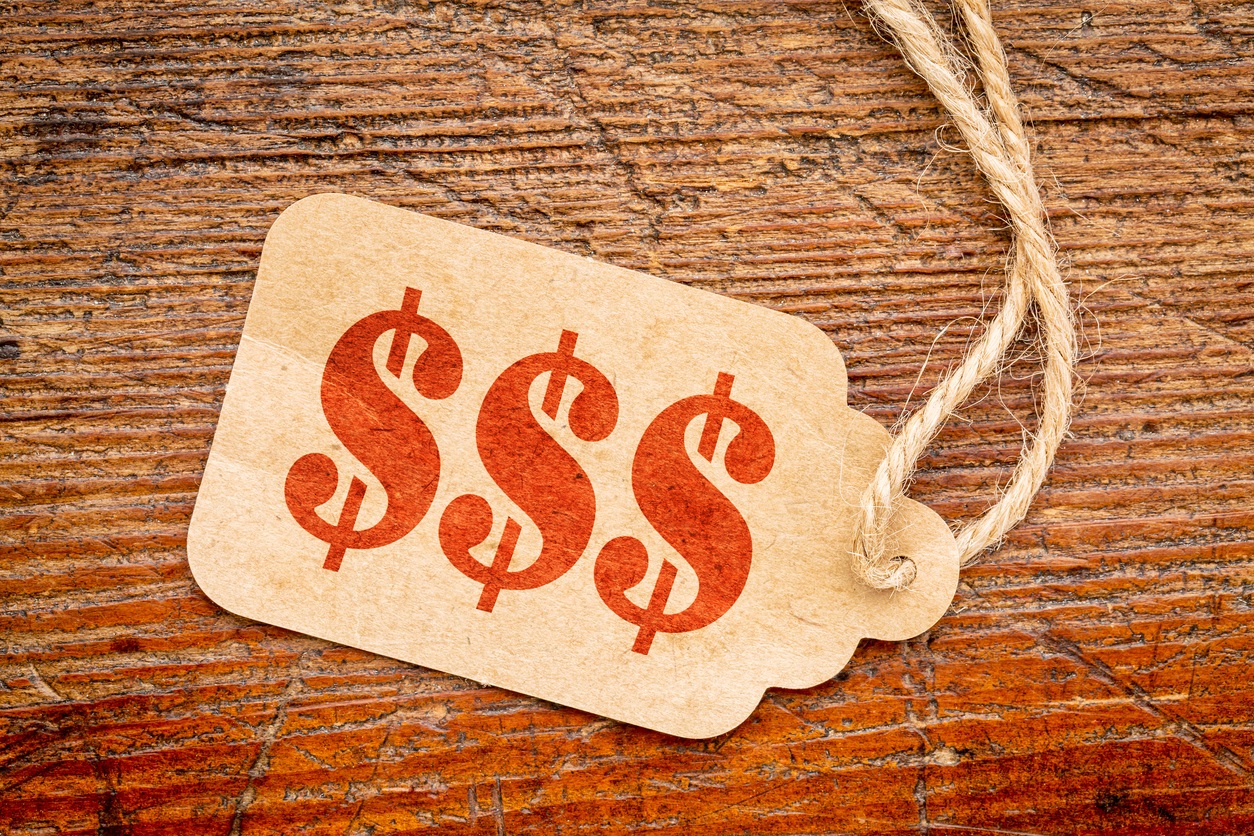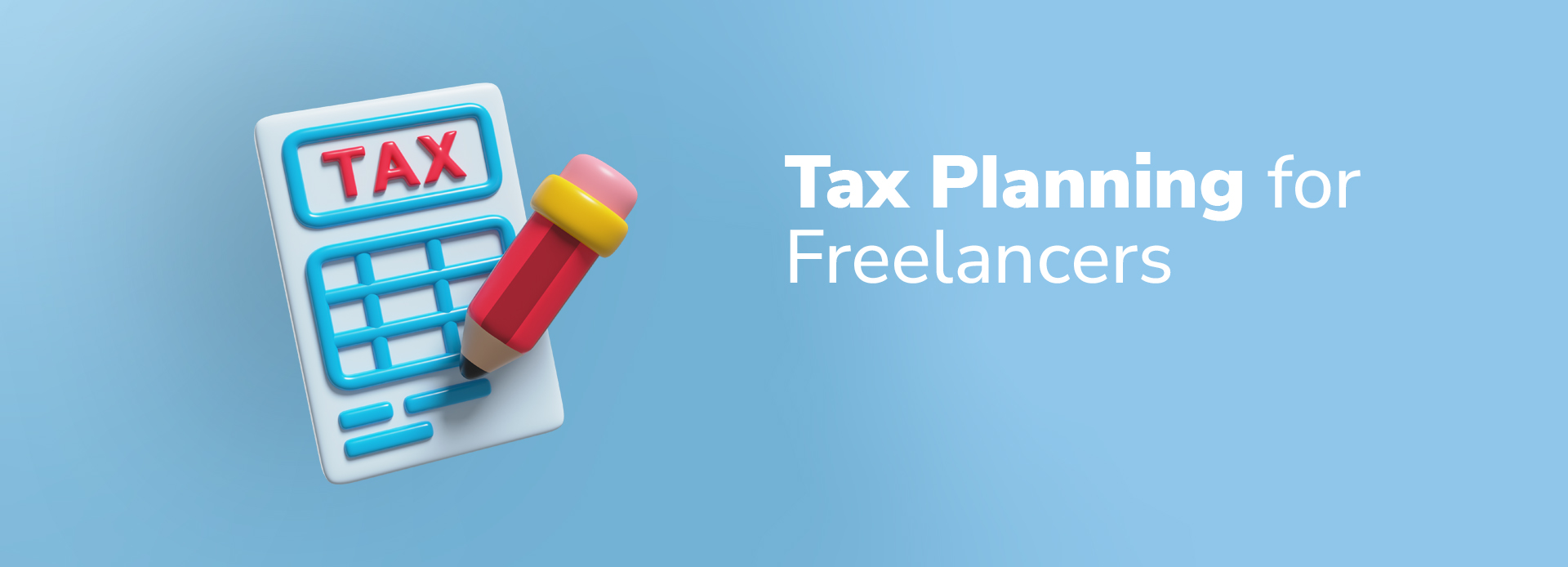From Side Hustle to Full-Time: When to Raise Your Rates
Published on March 8, 2025 | 16 min read
Transitioning from freelancing as a side hustle to a full-time career requires strategic rate adjustments. Many talented freelancers struggle with imposter syndrome or fear of losing clients, keeping their rates artificially low even as their skills and demand grow. This guide will help you identify the right time to increase your prices and implement changes smoothly.
Signs You're Ready for a Rate Increase
Watch for these indicators that you're undercharging:
1. Consistent High Demand
If you're turning away work or have a waiting list, the market is signaling your services are undervalued.
2. Improved Skills and Portfolio
After completing significant projects or gaining specialized certifications, your increased expertise warrants higher rates.
3. Financial Necessity
When your freelance income needs to cover living expenses (not just supplemental income), rates must reflect full professional value.
4. Client Feedback
If clients regularly express surprise at your reasonable rates or compliment your work's exceptional value, you're likely charging too little.
5. Industry Comparisons
Research shows peers with similar experience charge 20-50% more for comparable services.
How Much to Increase Rates
Consider these factors when determining your new pricing:
| Experience Level | Typical Increase Range |
|---|---|
| Beginner (0-1 year) | 10-20% annually |
| Intermediate (1-3 years) | 15-25% annually |
| Advanced (3-5 years) | 20-35% with specialization |
| Expert (5+ years) | 30-50% for premium positioning |
Implementing Rate Changes
Follow this phased approach to minimize client turnover:
Phase 1: New Clients First
Start charging higher rates to all new clients immediately. This builds your higher-priced client base gradually.
Phase 2: Existing Client Projects
When current clients propose new work, present your updated rates with context about your growing expertise and demand.
Phase 3: Legacy Clients
For long-term clients paying old rates, schedule a conversation to explain the change. Offer to grandfather current rates for a limited time or on existing projects.
Communicating Rate Increases
The way you present changes impacts client reception. Effective approaches include:
The Value Justification
"Over the past year, I've completed advanced training in conversion optimization and helped clients achieve an average 40% increase in lead quality. To reflect this enhanced expertise and continue delivering exceptional results, my rates will adjust to $X starting January 1."
The Market Alignment
"After researching industry standards and evaluating my specialized skills in [niche], I'm adjusting my rates to better align with the market for professionals at my experience level. My new rate for similar projects will be $X."
The Limited-Time Offer
"I'm updating my service rates effective March 1. As a valued current client, I wanted to give you the opportunity to book projects at my current rate if we sign by February 15."
Handling Client Reactions
Prepare for different responses:
If They Accept Immediately
Thank them for valuing your work and reaffirm your commitment to delivering excellent results.
If They Negotiate
Consider compromises like:
- Smaller increase than planned
- Extended timeline for full increase
- Reduced scope at current rate
If They Decline
Politely express understanding while standing firm:
"I completely understand budget considerations. While I won't be able to continue at the previous rate, I'd be happy to recommend other freelancers who might fit your current budget."
Alternative Pricing Strategies
If straight rate increases meet resistance, consider these approaches:
Package Pricing
Bundle services at higher overall price points with perceived added value.
Retainer Model
Offer discounted hourly rates in exchange for guaranteed monthly hours.
Performance Pricing
Base fees partially on results achieved (e.g., percentage of revenue increase).
Psychological Barriers to Overcome
Common mental blocks that prevent freelancers from raising rates:
- Imposter syndrome: "I'm not experienced enough to charge that much"
- Fear of rejection: "Clients will leave if I charge more"
- Comfort with current income: "I'm doing fine at these rates"
- Misplaced loyalty: "These clients gave me my start"
"I waited two years too long to raise my rates because I feared losing clients. When I finally did, I only lost one small client but increased my income by 60% with the same workload. My only regret was not doing it sooner." — Emma L., Freelance Designer
Remember that raising rates is a normal part of professional growth. Clients who truly value your work will understand, and those who don't make room for better-fit clients at your new level. Regular, incremental increases prevent the need for dramatic jumps and make the process smoother for everyone.


.png)


